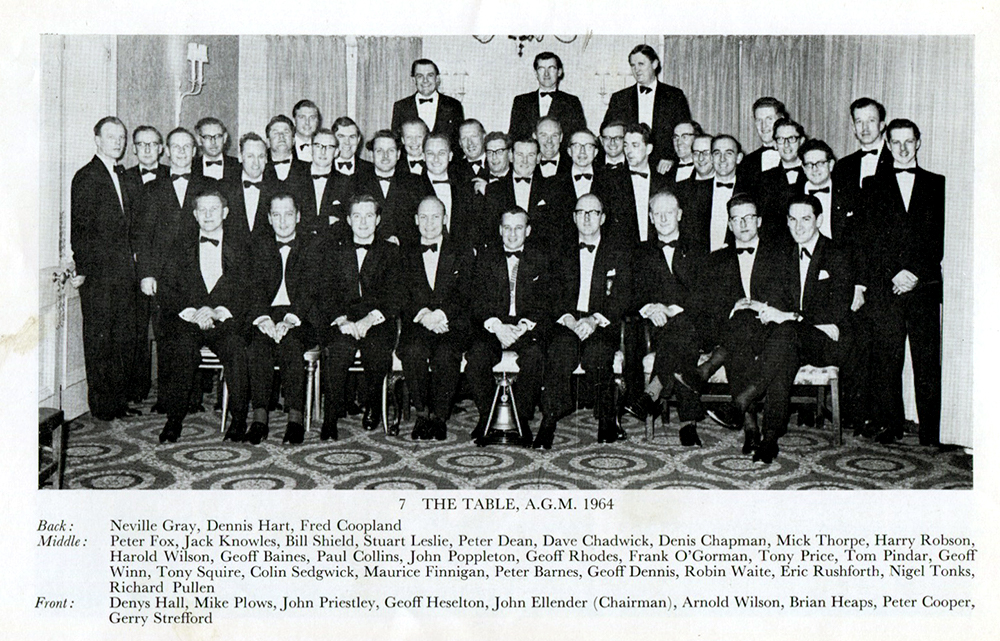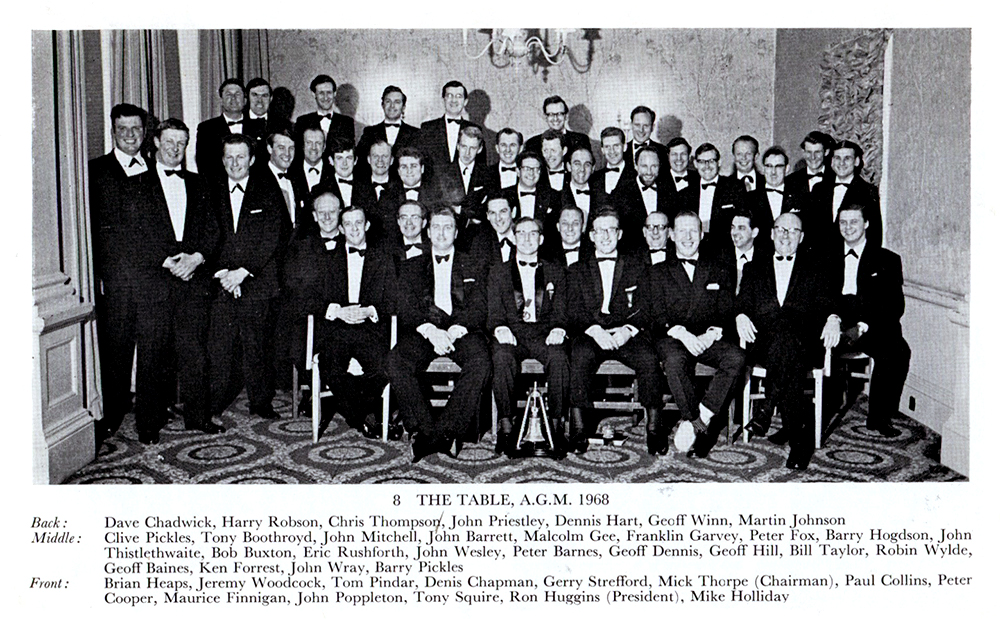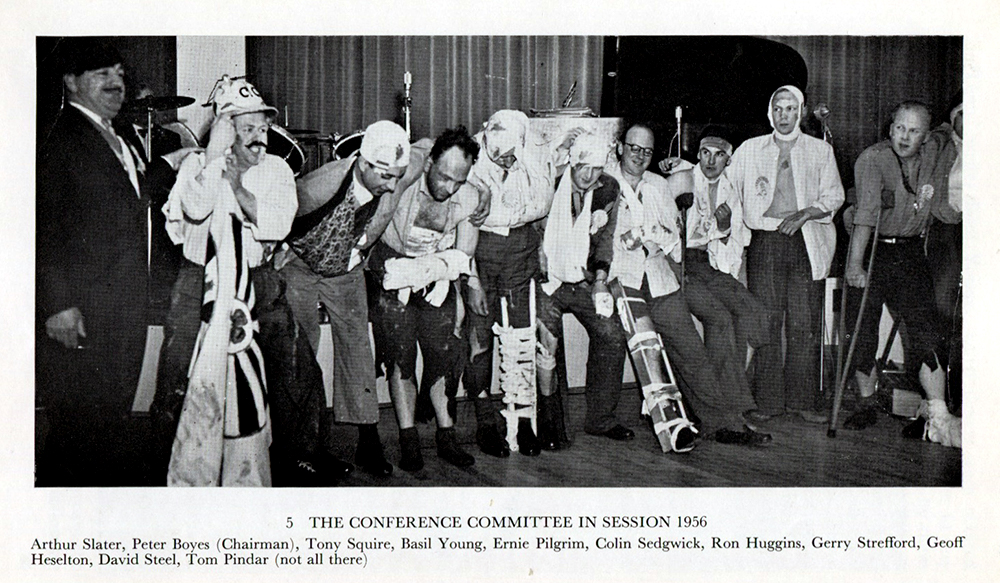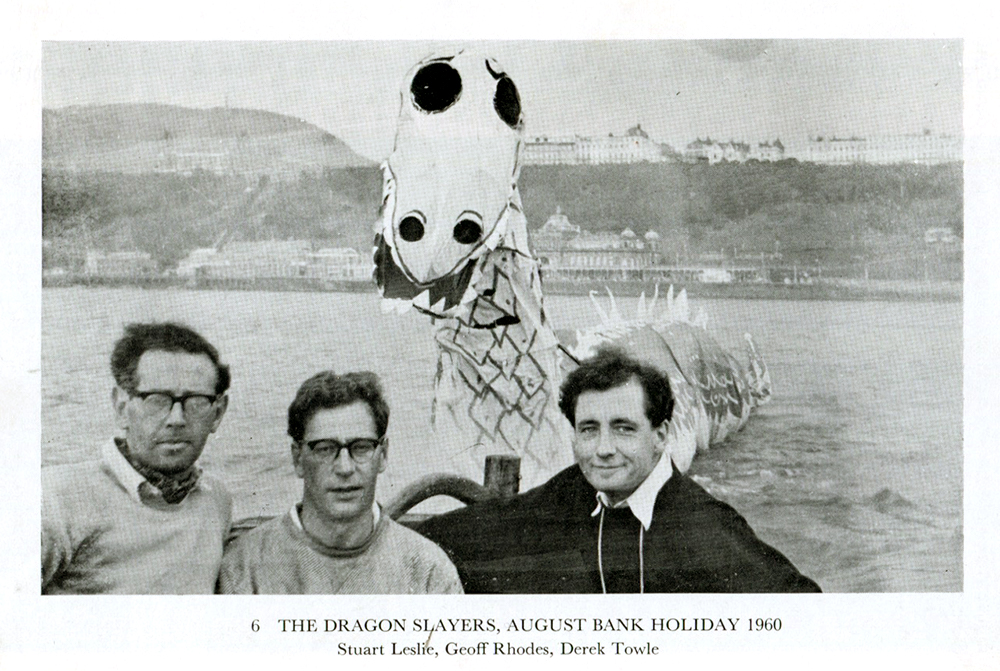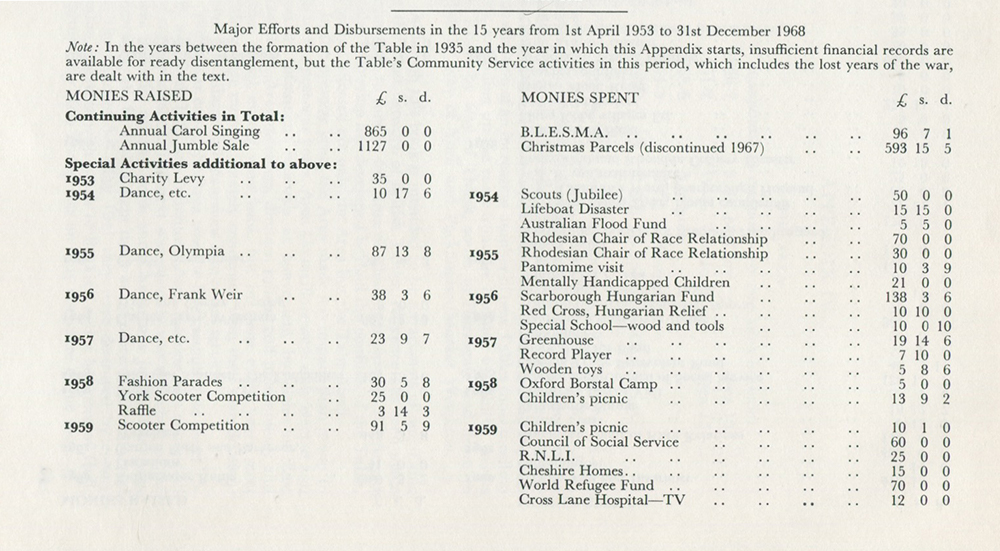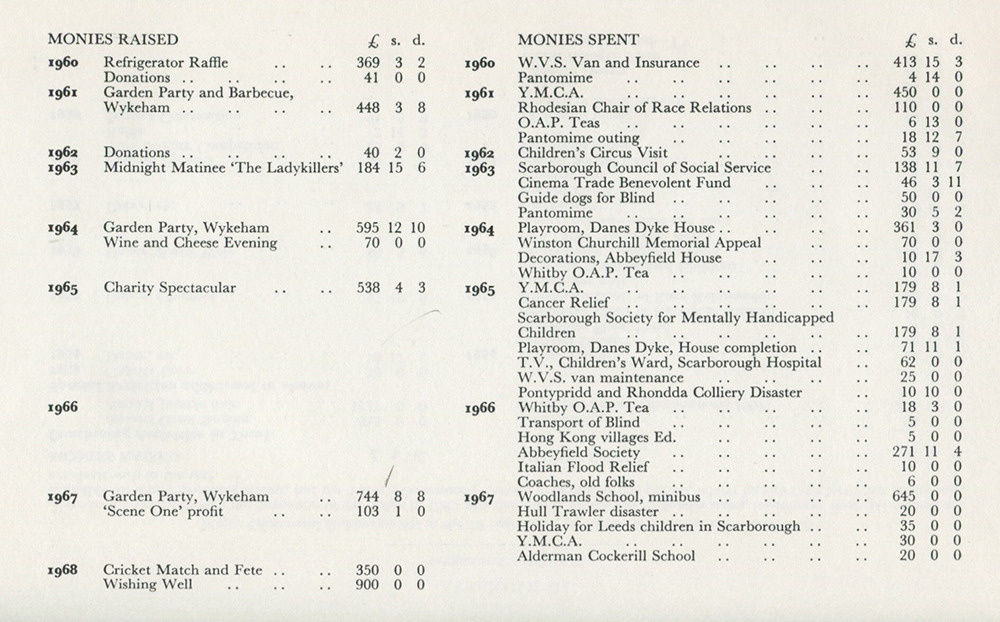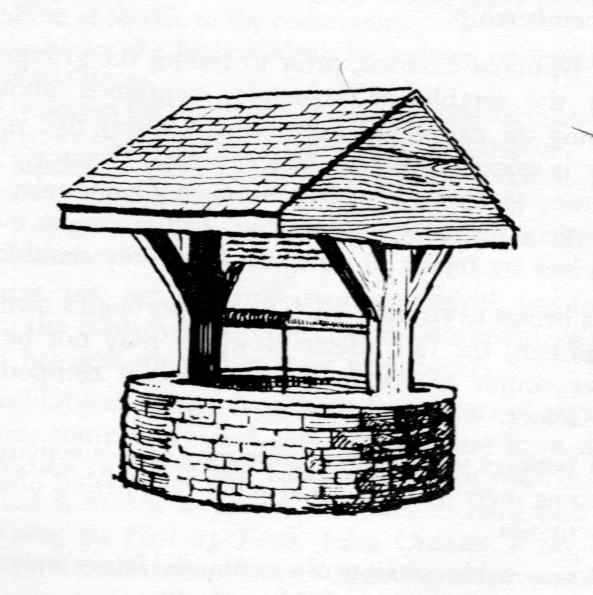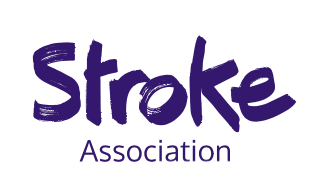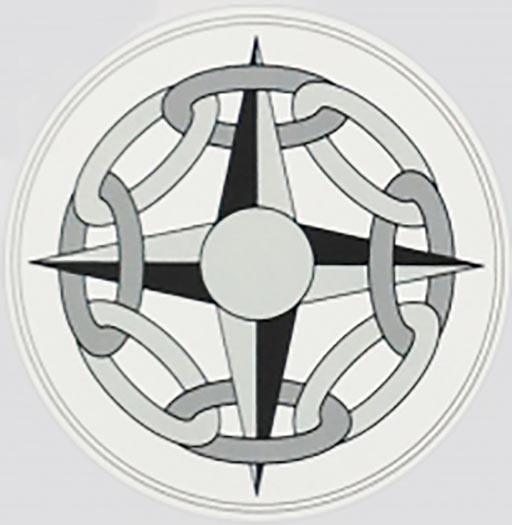Introduction to the Digital Edition
Chapter 1: The First Year 1934-35
Chapter 2: From National Conference 1937, to International Conflict 1939
Chapter 3: The Ladies, 1937-39
Chapter 4: The Difficult Years, 1946-52
Chapter 5: The Developing Years, 1953-56
Chapter 6: The Second Scarborough Conference, 1956
Chapter 8: The Third Scarborough Conference, 1962
Chapter 9: Further Projects, 1963-68
Chapter 10: International, the Three 88s
Appendix I: Officers of the Scarborough Table
Appendix II: Members of the Scarborough Table holding National Office
